
Women’s health is both the focus of my naturopathic practice and a passion in my life. There is no topic I am more excited to talk about, read about and learn about. And within women’s health there is no more important topic than hormone balancing. Because hormones are the main factor that differentiates men from women across the lifespan.
In this series I will take you through the basics of some common hormone imbalances that occur in women – progesterone deficiency, estrogen deficiency, estrogen excess, low thyroid hormone, excess thyroid hormone and testosterone excess.
So whether you are just interested in learning more about hormones, or hoping to identify some of your own signs and symptoms in this series, read on and get ready to learn how to heal your hormones.
What is Progesterone?
The reproductive system in women has two main hormones – estrogen and progesterone. Progesterone is our “pro-gestation hormone” – it is produced in the ovaries after ovulation to prepare the uterus for pregnancy. It is also produced in small amounts in the adrenal glands and in large amounts by the placenta during pregnancy.
What Does Progesterone Do?
 Progesterone prepares the body for pregnancy by stimulating the production of proteins that prepare the uterine lining for implantation. Progesterone also regulates our menstrual cycle – if a pregnancy does not occur, progesterone levels drop off and a menstrual period will result.
Progesterone prepares the body for pregnancy by stimulating the production of proteins that prepare the uterine lining for implantation. Progesterone also regulates our menstrual cycle – if a pregnancy does not occur, progesterone levels drop off and a menstrual period will result.
Progesterone is much more than just a pregnancy support hormone. Receptors for this hormone are found in the brain, breasts, blood vessels, and bones, in addition to the receptors in the reproductive organs. Progesterone is the natural balancing agent for estrogen – preventing estrogen from producing too many growth-stimulating effects on our tissues.
Progesterone also has significant anti-anxiety and relaxing effects on the body. It helps our mind and body cope with stress and can promote healthy sleep.
Changes in Progesterone Hormone Balance
Production of progesterone peaks in our mid-reproductive years – around 25 years of age. After that age we see steady declines in progesterone production until perimenopause and menopause when production drops off almost entirely.
Women who do not experience regular periods, or women who are not ovulating typically have low levels of progesterone as well.
Symptoms of Progesterone Deficiency
Low levels of progesterone can lead to a vast number of symptoms. Many of the symptoms are not taken seriously by doctors or may be attributed to other causes (especially anxiety, depression, insomnia and PMS). But for a large number of women the real cause of symptoms is an imbalance in progesterone levels.
 Symptoms of Progesterone Deficiency
Symptoms of Progesterone Deficiency
- Premenstrual mood changes
- Painful or lumpy breasts
- Insomnia
- Premenstrual headaches
- Anxiety
- Infertility
- Recurrent miscarriage
- Unexplained weight gain
The Progesterone Hormone Web
No hormone functions in isolation. Each hormone in our body interacts with other hormones for optimal balance. Progesterone interacts with a number of important hormones, a few of which are noted here:
Estrogen
Progesterone is the natural balancer to estrogen. When progesterone levels are deficient, we can see symptoms of estrogen dominance. These include the symptoms listed above but also:
- heavy periods
- fluid retention
- foggy thinking
- decreased sex drive
Cortisol
Progesterone is the direct precursor to the production of cortisol, our stress/survival hormone. If progesterone levels are low, our ability to cope with stress diminishes and we may develop anxiety, depression, insomnia or feel overwhelmed.
Thyroid Hormone
Thyroid hormones stimulate the production and release of progesterone from ovarian cells. Thyroid hormone also influences the formation of progesterone receptors on cells throughout the body. If your thyroid function is low (hypothyroidism) you may also be experiencing low progesterone levels.
Hormone Healing for Progesterone Deficiency
 Laboratory testing is necessary for all women seeking treatment for progesterone deficiency. It is imperative to understand the balance in the different hormones before starting any type of hormone treatment.
Laboratory testing is necessary for all women seeking treatment for progesterone deficiency. It is imperative to understand the balance in the different hormones before starting any type of hormone treatment.
A lifestyle approach to improving progesterone levels is the foundation for all other treatments. Decreasing stress levels, encouraging a healthy diet that provides adequate protein and healthy fats, and engaging in regular exercise are all important to balancing progesterone levels.
There are a vast number of nutrients, and plant-based botanical medicines that can influence the production of progesterone. Some women also choose bioidentical progesterone cream, which can be prescribed by Naturopathic Doctors in Ontario who have prescribing rights.
Vitamin B6
Necessary for appropriate ovulation and subsequent progesterone production. If you are deficient, you will likely also be deficient in progesterone. Excellent food sources include tuna, salmon, turkey, chicken, sweet potato, sunflower seeds and dark leafy greens.
Magnesium
Magnesium is necessary for detoxification of hormones, especially estrogen. If you are deficient in magnesium you may have higher circulating levels of estrogen, resulting in a relative progesterone deficiency. Food sources of magnesium include pumpkin seeds, leafy greens, soy beans, sunflower seeds, and beans.
Chaste berry (Vitex agnus-castus)
Chaste berry (or chaste tree) has been found to increase progesterone levels during the second half of the menstrual cycle. It can also help to balance other hormones such as prolactin. Your Naturopath can help you decide if chaste berry is right for you
Bioidentical progesterone cream
Bioidentical hormone replacement therapy (BHRT) uses hormones that are identical to those in your body to balance your hormones and relief symptoms of hormone imbalance. Bioidentical progesterone is made from wild yams or soybean and is typically applied in cream form during the second half of the menstrual cycle.
Transdermal progesterone results in effective absorption of progesterone and movement of progesterone to the target tissues – brain, uterus, breast and blood vessels – to decrease symptoms. It is typically used twice per day and dosages vary – your Naturopath will work with you and a compounding pharmacy to establish your proper balance of hormones.
Hormone imbalance is not in your head – it is in every cell in your body. If you think your hormones are out of balance, talk to an experienced and qualified Naturopathic Doctor to help you find your optimal balance.




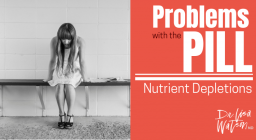

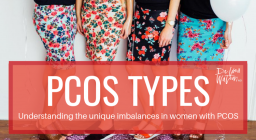
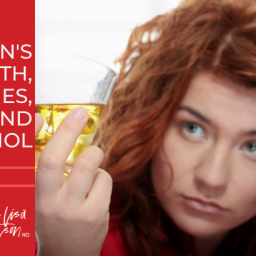
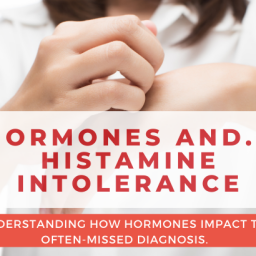



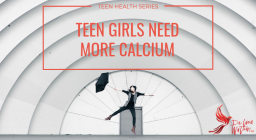

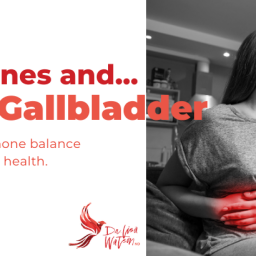
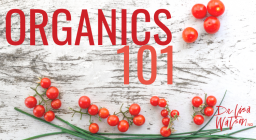
I’m suffering from progesterone imbalance (like, I have NONE) in my post menopause years. I’m 53. My estrogen and testosterone and thyroid are fine. My Dr is male and has 5 daughters and wife and 4 sons and has been practising many years. He’s very health oriented and truly wonderful. He has me on progesterone creme twice daily, as well as b12, k2, magnesium, vitamin D and pro biotic. I was terribly deficient in D and b12 and Han NO progesterone which I think allows the estrogen to run rampant making me nuts. I find so much about progesterone in women of fertile years but not so much about post menopause women who suffer from anxiety and or depression etc, due to progesterone lacking. What do you think?
Much of the work by Dr. John Lee and Virginia Hopkins looks at the influence of progesterone in menopausal women. It is an important hormone for mood and sleep, even after menopause. I’m working on an article on this topic, but in the meantime check out their stellar work – especially the book What Your Doctor May Not Tell You About Menopause. ~Dr. Lisa
Is soybeans a good recommendation as a magnesium rich food to get rid of excess estrogens knowing that soy itself is a phytoestrogen ?!
Excellent question. Soy as a phytoestrogen actually has what is known as SERM status – it is a selective estrogen receptor modulator. In states of high estrogen, the phytoestrogen in soy (genistein) can bind to estrogen receptors and displace our body’s own more powerful estrogen. This results in a lower estrogen impact in the body. In low estrogen, the same compound – genistein – can bind to estrogen receptors and have a small impact, raising our body’s estrogen impact. It is a modulator, bringing balance to estrogen levels in the body.
Thanks for asking this important question!
~Dr. Lisa